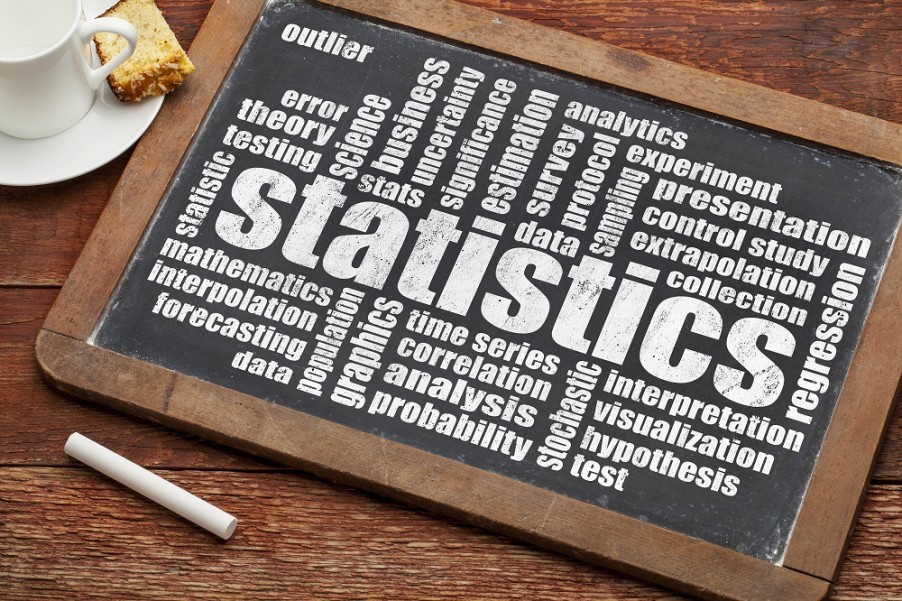Introduction
The job numbers released today by the Labor Department show that the unemployment rate in America increased last month as a result of more and more individuals looking for work – some of whom have not held jobs in years. The Great Recession of 2008 left many Americans out of work and with no means to pay their debts and obligations. The effects of this recession linger and can be seen in national statistics relating to de

Surprising Debt Statistics
According to the 2011 internal research of CareOne, a national debt relief agency, some of the most surprising statistics available regarding America’s debt include:
- The average age of individuals seeking debt relief (consolidation or settlement) were between the ages of 18 and 44. While this same age group represents a large share of the people who are in the workplace, this statistic reinforces the notion that many of those who were hit hard by the recession were those who were early in their careers and may not have had enough time to create that “rainy day fund” that budgeting experts suggest.
- In 2011, the number of 18-24-year-olds looking for debt consolidation plans increased by 32%. This statistic may suggest that recent college graduates have a difficult time coping with the tuition they incurred while pursuing their education. As tuition costs continue to rise, one can expect that more and more young adults will be looking for ways to cope with this debt unless (1) college-aged adults stop going to college; or (2) some outside force makes colleges lower their tuition rates.
- The average family carries $1,678 in medical debt. When one thinks of debt consolidation or debt settlement, one might be tempted to picture a family that has maxed out its credit cards and spent well beyond its means. This is not always the case, however. Medical costs can put a serious strain on a family’s finances, especially if testing or a hospital stay are necessary. Unlike a new coat or trip to the Bahamas, medical care is often a life-and-death situation. Refusing to incur medical debt can seal someone’s fate. While more individuals may have health insurance plans as a result of the Affordable Care Act, many people have seen their out-of-pocket expenses rise as a result of the law.
- Forty percent of households rely on credit cards to meet their day-to-day living expenses. For some, credit cards are a necessity to bridge the gap between paydays and ensure utilities remain turned on and food remains on the table. Many of these same households live paycheck to paycheck, meaning that they are not able to pay off what they charged onto their credit cards each month. The result is a slow but steady increase in the balance on the family’s credit cards – and an increase in the minimum payment – until the cardholder can no longer afford to make the minimum payments and he or she must explore debt relief options.
For more information see the 2015 American Household Credit Card Debt Study.
The Significance of the Statistics
These statistics (though gloomy) should provide some measure of comfort to those individuals struggling with debt as these statistics suggest they are in good company. Individuals who are struggling to make ends meet also should not be ashamed to reach out to debt relief agencies for assistance in handling their obligations. Often the longer a debtor waits before seeking assistance in handling his or her debt, the worse his or her situation becomes. Therefore, debtors who feel they are in financial distress should begin exploring various debt relief options sooner rather than later to maximize the benefits of the option they ultimately choose.

